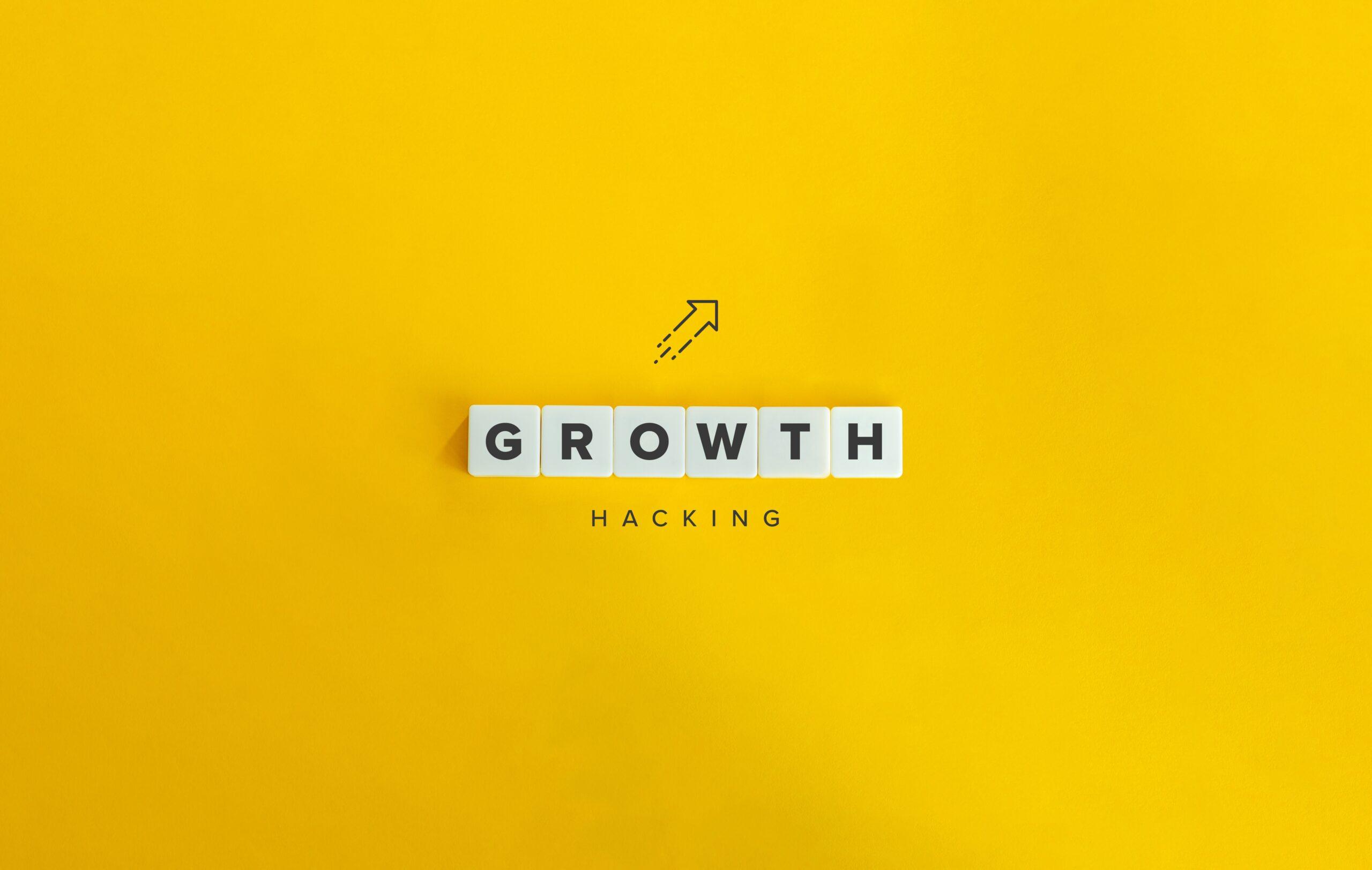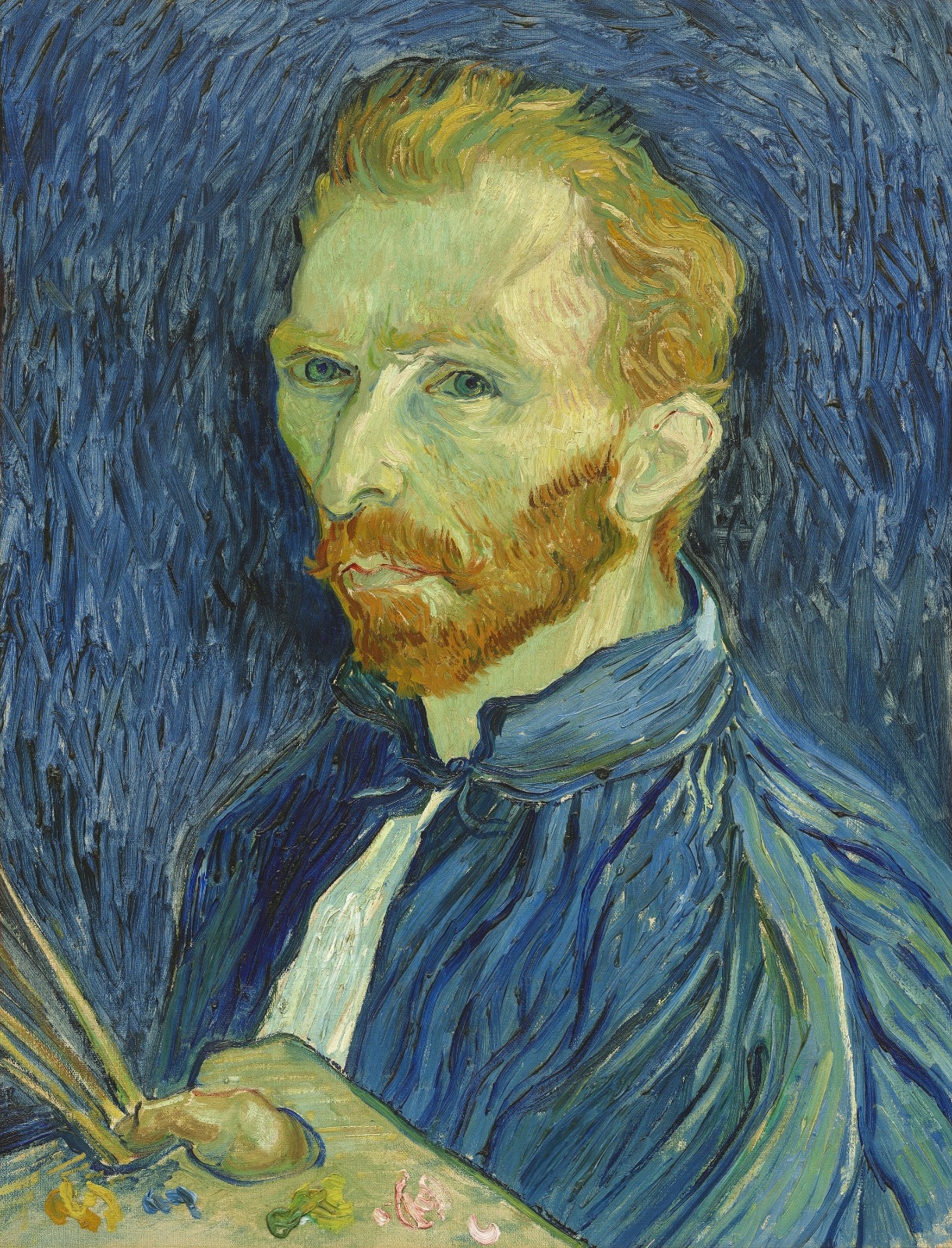
Successful Growth Hack Examples
Traditional marketing methods include advertising and brand awareness and mostly promote a product or service. They enter the sales funnel at the top (see our post on: What is the Pirate Funnel or AARRR?) at Awareness and Acquisition. Growth hacking will look at the whole funnel and the customer journey. In other words, it will develop strategies to maximise the customer lifetime value across the whole funnel. One thing all of our growth hacking examples have in common is their goal of growing as quickly and cost effectively as possible. Some of the them took no time at all and others months or even years, but they all got to their growth goal in the end. And along the way they will have been experimenting and testing in line with the growth hack mentality.
Another key characteristic of a successful growth hack, which all our growth hack examples have in common, is that they are a self sustainable cycle. The life cycle of a customer includes the 5 key metrics of the AARRR or Pirate Funnel. Acquisition, Activation, Retention, Referral and Revenue. Our examples below include all the elements of the Pirate Funnel.
The Examples we look to for Inspiration:
There are well known growth hacks that are often quoted such as Dropbox, Airbnb, Hotmail, Groupon, LinkedIn, Netflix & Uber. Some such as Dropbox, are so successful, that over 10 years later, they are still in use. Other, slightly less know examples are also worth a mention, such as Dollar Shave Club, Monzo and Tesla. We’ll take a look at some of them in detail below:
Dropbox:
Dropbox is one of the most well know of all growth hacks and it sounds really simple. It was, but it was also hugely successful! Dropbox used the classic referral method to grow their customer base – again remember AARRR and the Referral metric. They turned away from a more traditional route of advertising and marketing and instead implemented a highly successful referral programme, with literally no advertising spend.
The concept was very straightforward. Customers who had already realised the value of the product, were very happy to refer it to friends and family. And profit themselves in the process. Back in 2009, when Dropbox went live, the environment that they were operating in, was extremely competitive. They worked hard to create a product, which made users happy and worked better than everything else that was out there. They dabbled with traditional methods, such as Adwords, PR etc, but they soon realised that referral from family and friends was where they were gaining most new customers. With the help of engineers, and analytics, rather than marketers they created the iconic Dropbox referral program.
The Statistics
- It permanently increased sign ups up 60%
- In April 2010, in the space of 30 days users sent 2.8 million direct referral invites
- In September 2008 Dropbox had 100 000 users
- 15 months later, in January 2010, Dropbox had 4 000 000 users
The Details
The genius of the program was that it was a 2 sided approach. Users were rewarded for referring friends and family but alongside this, the person who had been referred, was also offered free space for accepting the invitation!
They made the onboarding process as easy and as painless as possible. As part of the onboarding process, they included their “Get more space” referral programme. And they used this text as the hook.. which definitely worked for their users as this is clearly what they wanted.. more space!
This was Dropbox’s Onboarding Offer:
“Get up to 32GB of free space by inviting your friends to Dropbox!”
“For every friend who joins and installs Dropbox on their computer, we’ll give you 1 GB and your friend 500 MB of bonus space (up to a limit of 32 GB)! If you need even more space, upgrade your account”
To Refer a Friend, Dropbox offered the Following:
“Get up to 16 GB of free space by inviting your friends to Dropbox!”
“For every friend who joins and installs Dropbox on their computer, we’ll give you both 500 MB of bonus space (up to a limit of 16 GB)! If you need more space upgrade your account”
It was simple..
Dropbox made it simple for the user to refer their friends and both parties felt like they were getting a great deal! Dropbox worked the Pirate Funnel at both referral and retention. It was so easy for the user to refer someone, they could barely refuse. They simply had to click on a social media share button, or send a link to their friends via email. In another brilliant move, they made it possible for users to download their contacts from Gmail, Yahoo, etc, so they didn’t need to send out each email individually but could send them out altogether.
Dropbox also allowed users to see which of their friends had accepted their referral invitations. Just another piece of the puzzle in creating a viral loop and self sustainable cycle of Acquisition, Activation, Retention, Referral and the big one.. Revenue!
As well as the sign up referral, Dropbox incentivised users to connect with them on Twitter and Facebook. Also, offering the 250MB of free storage. The cost of implementing the hack as well as the free storage for users was a fraction of the cost of a large traditional advertising campaign and was immensely successful.
As of today, Dropbox is worth $12 Billion. It has over 200 million users worldwide and over 500 employees.
Airbnb:
Another famous and iconic growth hack, was the one used by Airbnb to create viral growth.
At Veksa we talk about finding the holy grail. In other words, finding a client’s untapped customer base. Our big picture analyses may sometimes seem superfluous, but the success of Airbnb‘s infamous growth hack, demonstrates how important this knowledge can be. Airbnb, took themselves to their customers.
Their Customers were already using Craigslist
Back in the day, no-one had heard of Airbnb. Craigslist is a classified advertisements website with a section for accommodation, which was already well established when Airbnb launched in 2008. The founders of Airbnb identified their customers were using Craigslist to look for bed and breakfasts. Initially, if someone listed their property on Craigslist, Airbnb contacted them directly via email, asking if they also wanted to list their property on Airbnb. This was a long and arduous task. However, it worked and Airbnb started to get the sign-ups they needed.
In true growth hack fashion, rather than relying solely on marketers, they used engineers to create an automation, which automatically contacted any new listings. Again, following the growth hack principle of automating where possible.
The made it as easy and user friendly as possible for people to sign up and the rest is history. Airbnb benefitted from really understanding their customer persona. They knew exactly where to find their customer base. And they went to them. The Airbnb strategy really proves that you don’t need a huge advertising budget to be successful. You just need a bit of lateral thinking & be prepared to get your hands dirty. They certainly weren’t complacent. Before the automation the founders were happy to get on the phone and contact their customers via email. They tested an hypothesis and when it worked they automated and scaled it up. And they grew from there.
The Offer
“Re-posting your listing from Airbnb to Craigslist increases your earnings by $500/month on average”
“Click here to re-post “A couch in the mission” in 1 click.”
Airbnb also realised the power of listening to their customers and giving them what they wanted. Many of their customers wanted to list on Craigslist as well, so they made it easy for their customers to replicate their Airbnb listings on Craigslist too.
Look where they are today..
Airbnb grew its customer base exponentially and just look where they are today. The Craigslist hack didn’t last forever and Craigslist got wise to what they were doing and stopped it. Not before they had carried out one of the most successful viral hacks ever though.
The company now has approx 5500 employees and is worth around $75 billion.
Hotmail – possibly the first ever growth hack:
Hotmail’s growth hack was implemented before anyone had even heard of the term growth hacking. Hotmail’s super successful referral hack, seems very simplistic nowadays, but it certainly did the trick. It also seems positively ancient as it was carried out in 1996. Hotmail realised that 80% of their new users were coming from referrals so they inserted a simple tag at the bottom of existing users’ emails:
The Sign-up Hook
“P.S I love you. Get your free email at Hotmail”.
Clicking the blue, Hotmail link would take users to a registration page. Again, Hotmail ensured that the sign-up process was as easy and painless as possible, so people signed up in their droves. Seeing the invitation from friends and family endorsed the Hotmail proposition and they worked the Referral metric of the AARRR Funnel, in true growth hacking style. The growth hack cost next to nothing. No expensive advertising budget needed.
The Statistics
- 1.5 years, after launching the “The P.S I love you“, growth hack, Hotmail’s user base had risen to 12 million
- Hotmail was sold to Microsoft for $400 million
Simple, but ingenious at the time. And today, everyone has heard of Hotmail. And most people have or have had a Hotmail address at some point.
Dollar Shave Club – viral video:
“Going viral”, that’s to say creating a video or image, which spreads quickly and widely on the internet, creating shares and likes, is another classic example of a great growth hack. Video is a great way to showcase your product to an audience. It also, gives you the chance to really connect with your audience. Also, if people are sharing it, then past making the video and the initial posting, there’s really nothing else to do. The growth hacking, self sustainable cycle, is taking care of itself.
Dollar Shave Club spent very little money, $4500, to shoot a video, that went instantly viral. The video really proved the power of good content. It didn’t require a huge production budget or celebrities or actors. It was just basically funny! And people loved it.
Our blades are f****ing great
Do you think your razor needs a vibrating handle, a flashlight, a back-scratcher, and ten blades? Your handsome-ass grandfather had one… and polio” –
The video, also described very clearly Dollar Shave Club’s offering. For $1 a month, they would send a new razor to their home once a month. The video wasn’t just funny and engaging. It also sold the product really well. Dollar Shave Club managed to really connect with their audience and they were more than prepared to sign up for the deal.
The Statistics
- Dollar Shave Club, sold to Unilever in 2016 for a reported $1 billion. Not bad from a pretty humble beginning..
- Their video had 4.75 million views in just 3 months
- The video generated 12 000 orders in 48 hours
See the video here:
We hope we have inspired you
The above are just a few examples of what a growth hack can look like. I hope they’ve given you some inspiration to look at your own business in a different way. There are other growth hacks out there, that are definitely worth checking out and we will look at them in future blogs. Gmail has used the psychology of FOMO (fear of missing out) to create a brilliant growth hack. And Groupon has used the motivation of the deal only being available if enough people are signed up to it, to encourage people to invite their friends and family. LinkedIn, Instagram, Netflix, Uber, Tesla, Monzo, Paypal have all used growth hacking to growth their business. They weren’t always the billion dollar companies they are today and many started from modest beginnings with not much money.
If you would like Veksa to hack your growth, then please get in touch: HACK YOUR BUSINESS GROWTH




